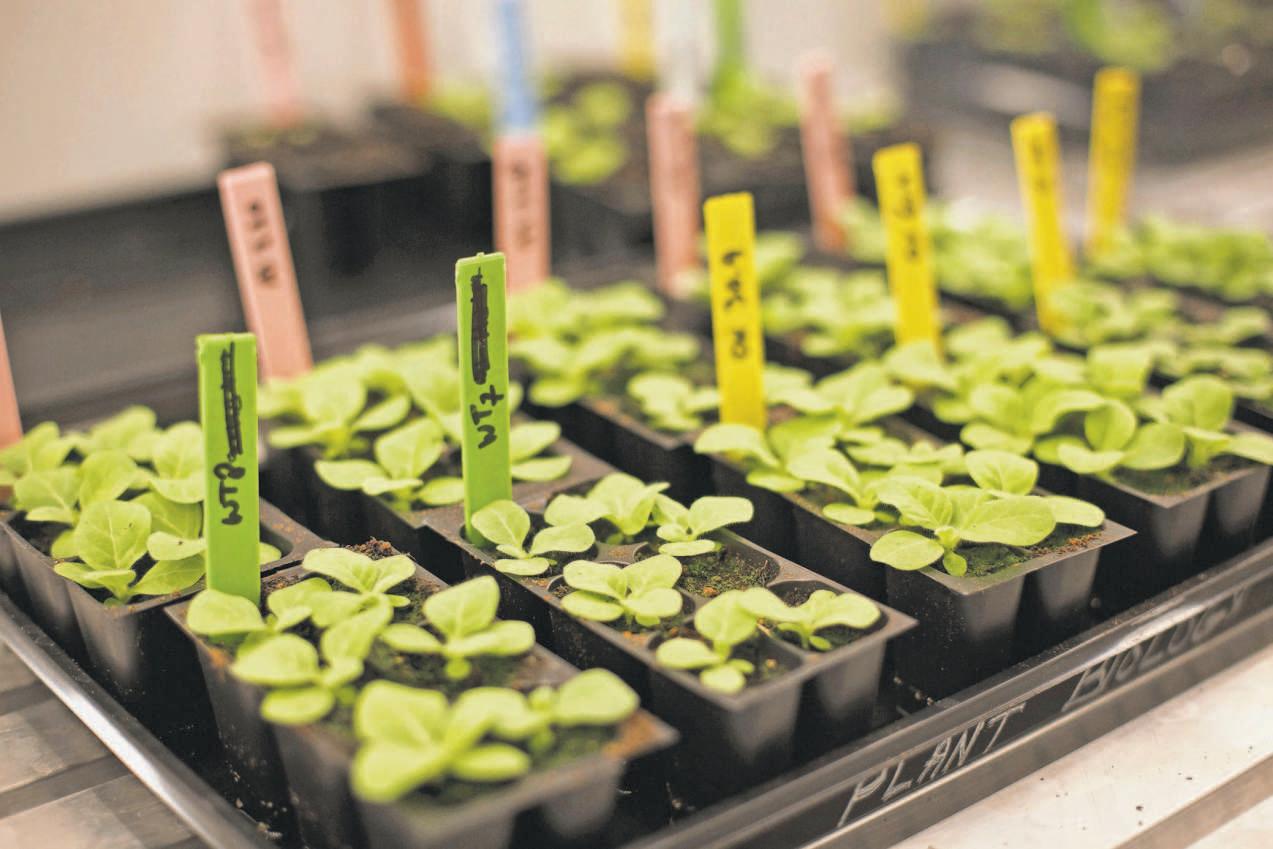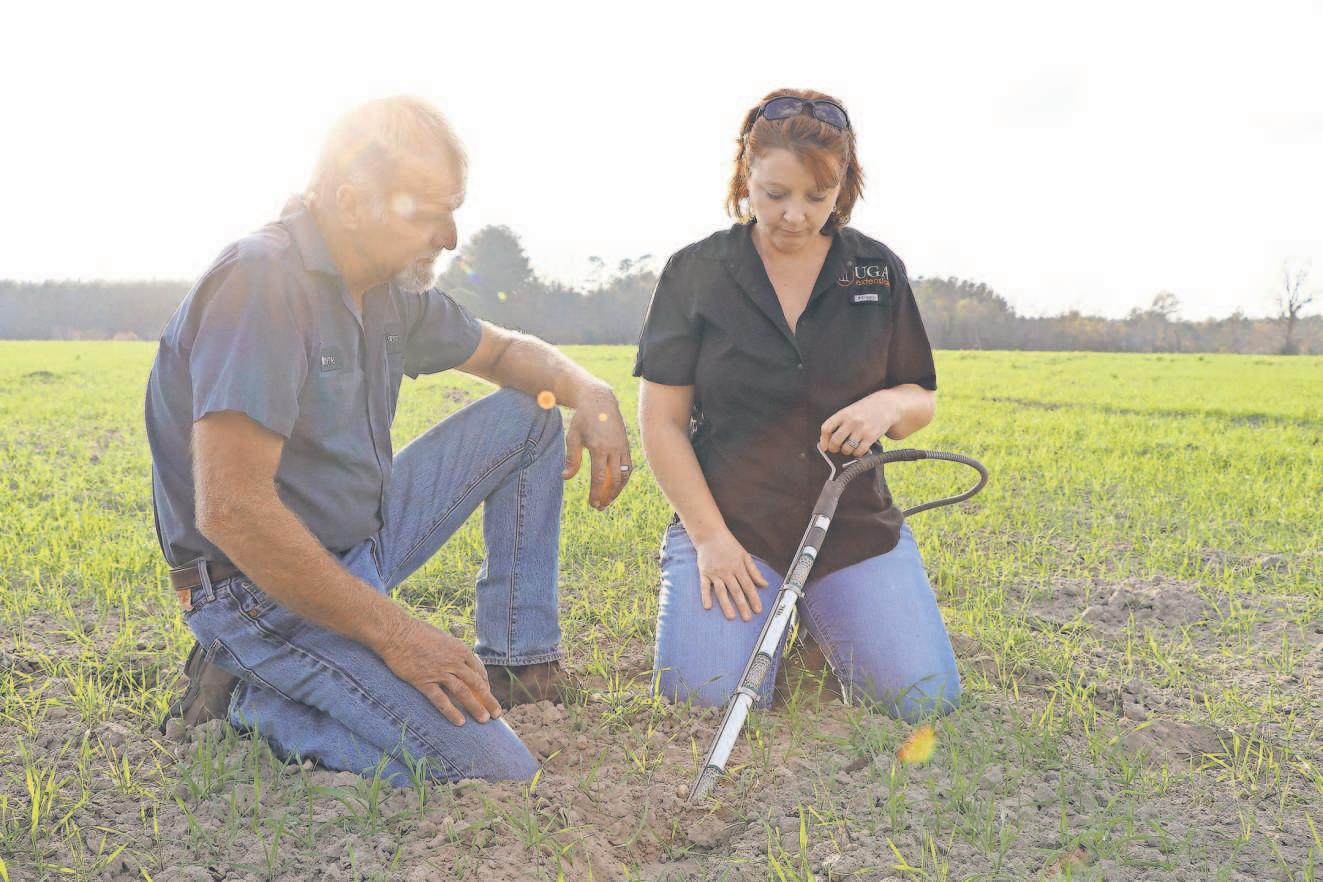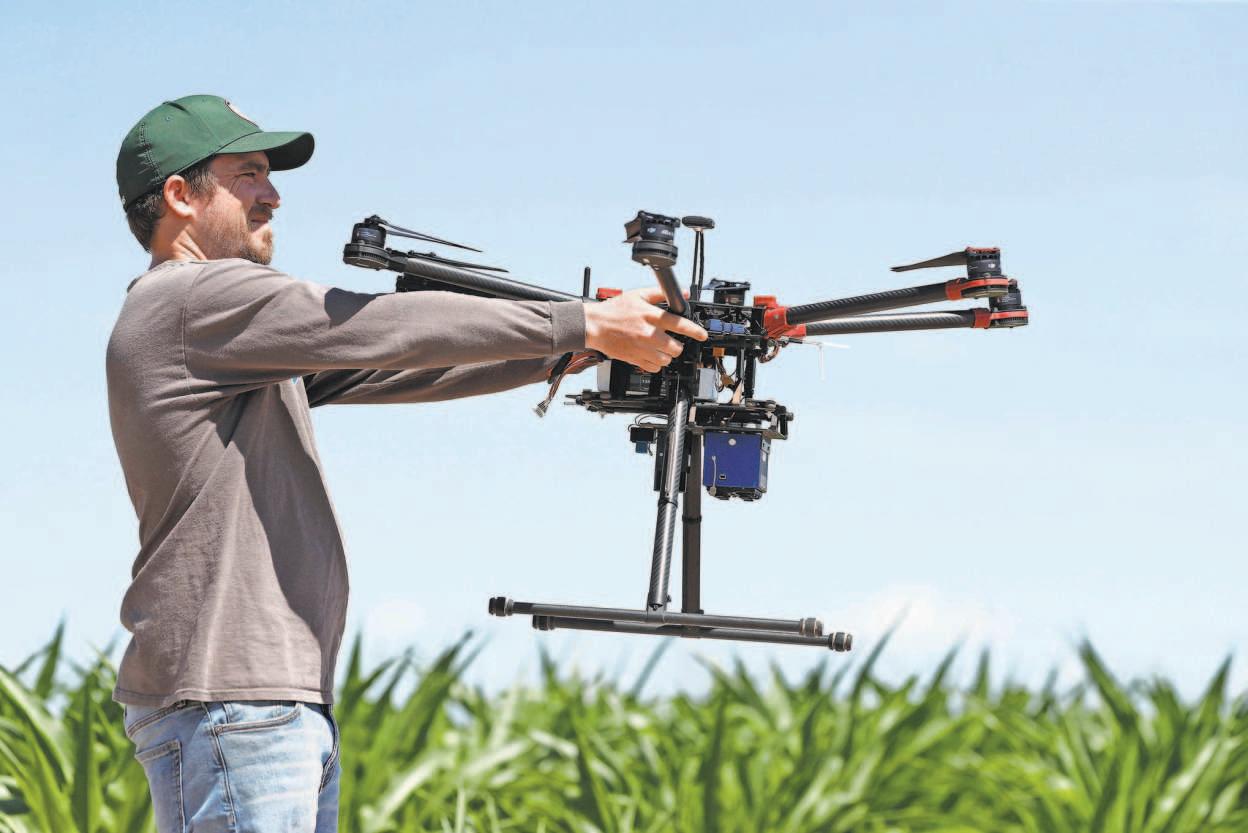82
USA TODAY SPECIAL EDITION
ON THE FARM
Realizing Increased Photosynthetic Efficiency (RIPE) is an international research project that is engineering crops to be more productive by improving photosynthesis. HALEY AHLERS
Green Genes Agronomists are engineering DNA to save some foods from extinction By Matt Alderton
C
LIMATE CHANGE FEELS LIKE
an unprecedented global challenge. But the truth is, humanity has been here before — approximately 11,000 years ago. That’s when the last Ice Age ended.
Enormous ice sheets had spent the preceding millennia engulfing continents like a glacial conflagration. Then, suddenly, Earth began to warm. Ice melted, altering the jet streams that shape global weather patterns. Precipitation patterns changed, transforming lush grasslands into dense forests and barren deserts. Their habitats vanquished and
large herbivores perished along with their predators. Among the losses were saber-toothed tigers, woolly mammoths, dire wolves and ground sloths, each of which was consigned to the annals of extinction. Although the circumstances are different, with most scientists agreeing that modern-day climate change is the
result of human activity, global warming today looks a lot like it did then. This time, however, humans have a lot more to lose. Like prehistoric fauna, they could see dramatic shifts in their food supply due to changing weather patterns. At risk are commodity crops CONTI NUED














